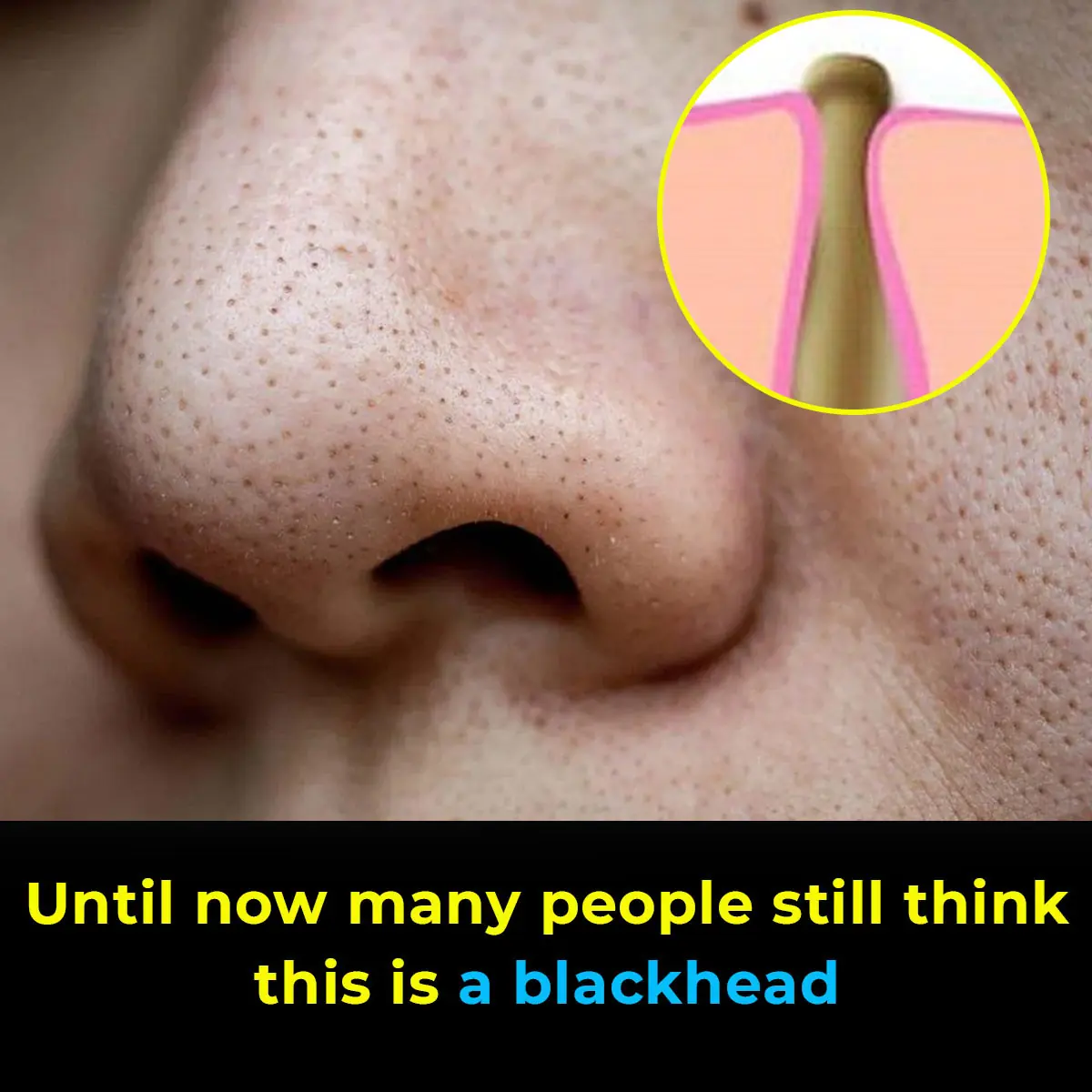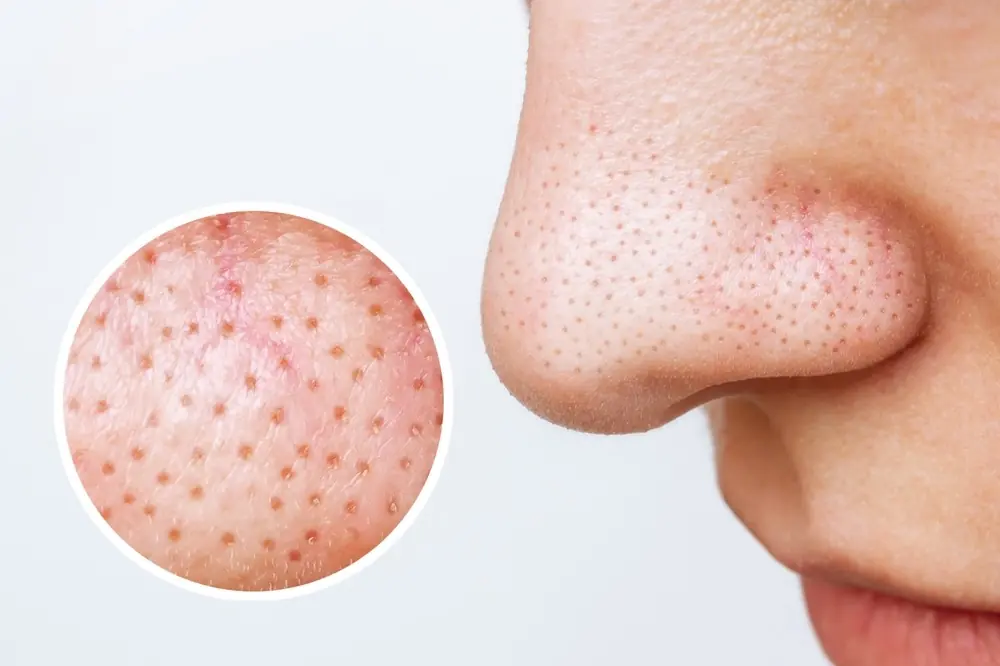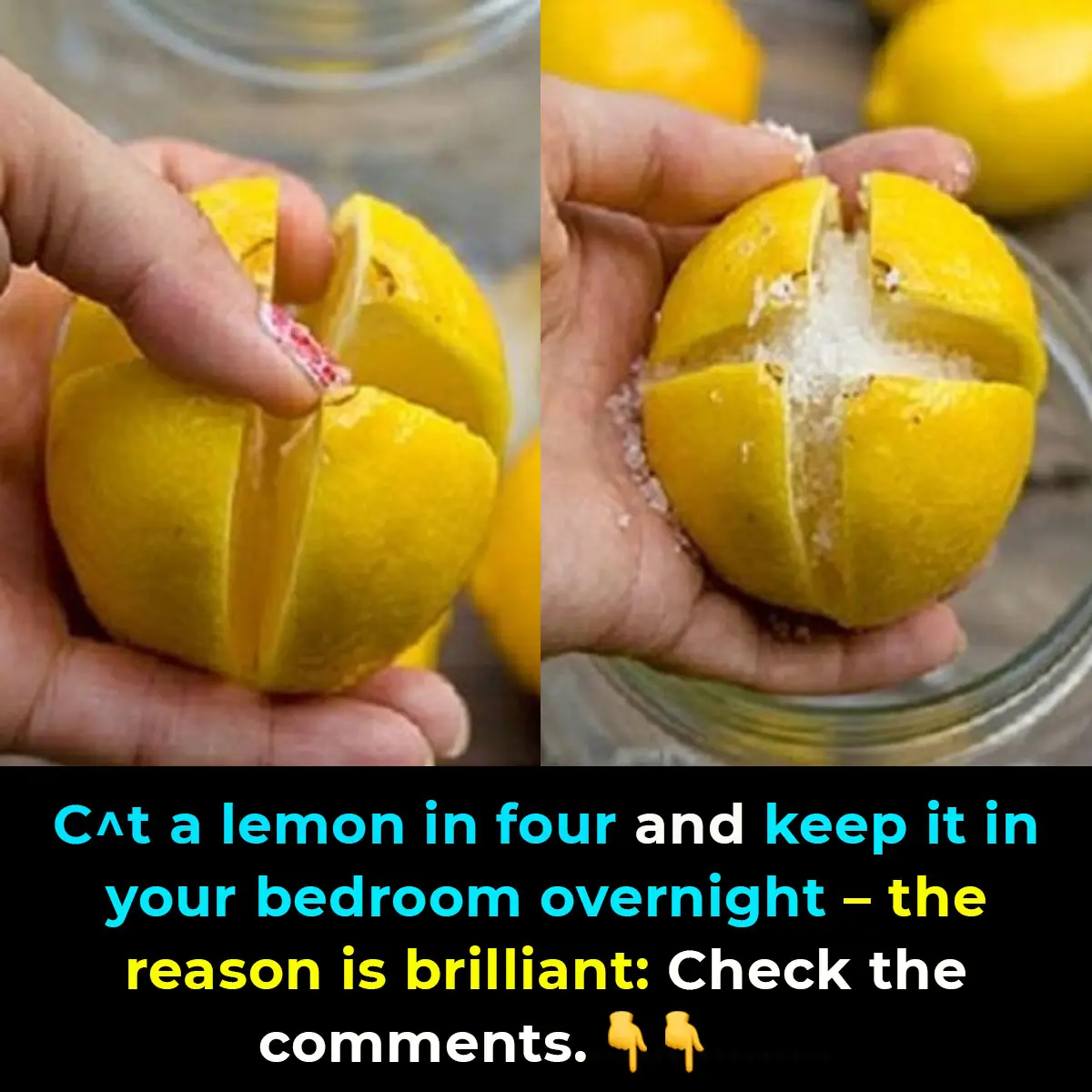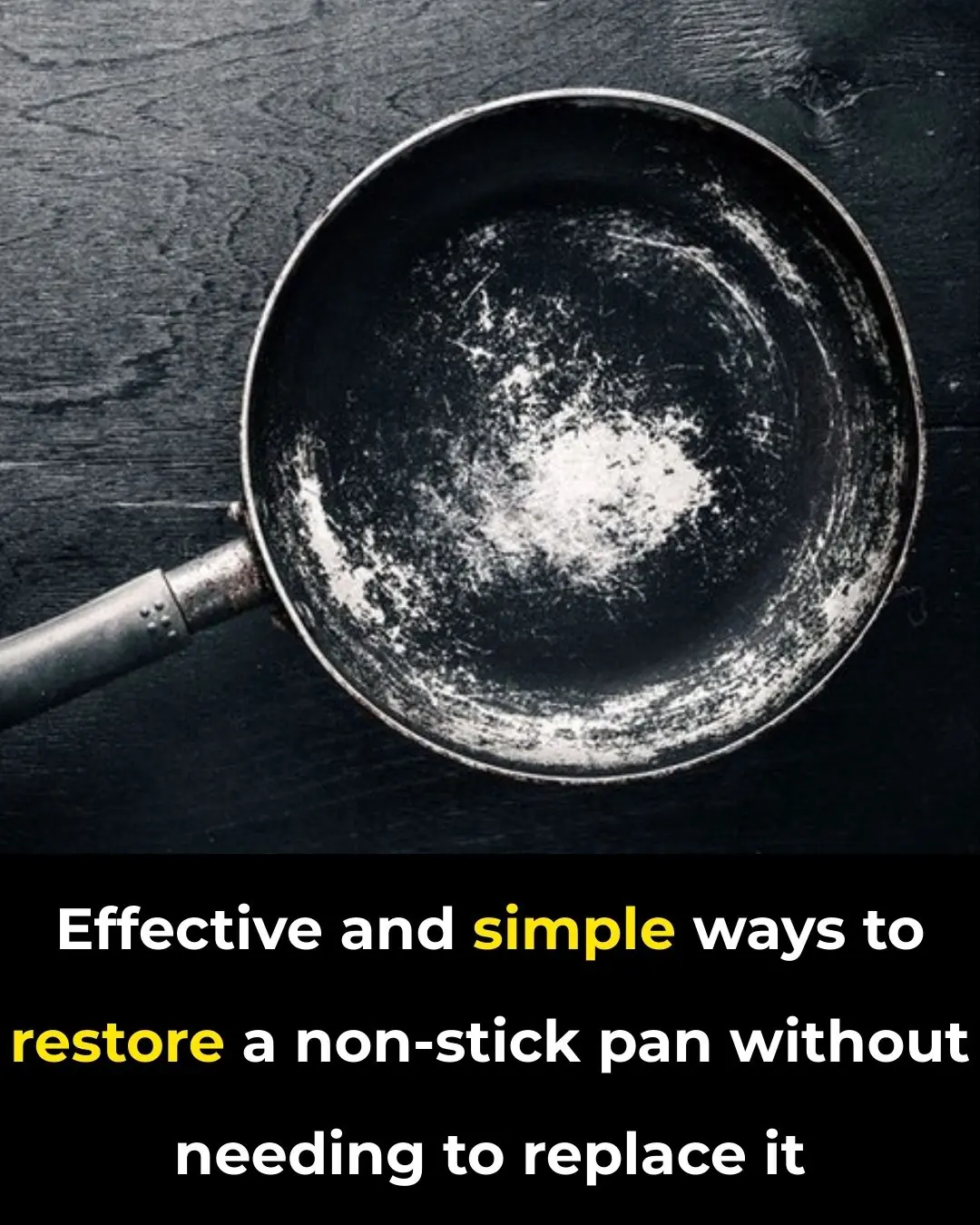
What Are Sebaceous Filaments and Why Are They on Your Face?

What Are Sebaceous Filaments and Why Do They Appear on Your Face?
Don’t be fooled by flawless skin in filters and airbrushed celebrity photos — skin has texture. Some areas may have darker pigmentation, like around the eyes, while others are puffier, wrinkled, freckled, marked with beauty spots, or bumpy. These are all natural and normal. However, some blemishes may indicate underlying issues, such as severe acne or dry skin. Because society has ingrained the idea that skin should appear smooth and flawless, it's easy to confuse normal skin features with unhealthy conditions. Take sebaceous filaments, for example. While they may resemble tiny blackheads, they actually serve an essential role in skin health.
What Are Sebaceous Filaments?
If you’ve noticed small dots on your face, particularly around the nose, cheeks, chin, and forehead, these are likely sebaceous filaments, not clogged pores or blackheads. Sebaceous filaments are tube-like structures within pores and are perfectly natural.
"While sebaceous filaments might look like blackheads, they tend to be a shade of gray or tan rather than black," explains Dr. Dendy Engelman, a board-certified dermatologist in New York City. "They serve an important function by transporting oil from the sebaceous glands to the skin’s surface, helping to keep your skin hydrated and protected from damage."
Sebaceous Filaments vs. Blackheads
Sebaceous filaments and blackheads are two different things. "A pimple is caused by bacteria or fungus and typically presents as a fleshy bump, often with a white or black head," explains Dr. Purvisha Patel, a board-certified dermatologist. "In contrast, sebaceous filaments are composed of oil and keratin — no bacteria involved. They’re harmless." Although sebaceous filaments might not be visually appealing, they don’t require professional treatment the way persistent acne would.
Who Gets Sebaceous Filaments?
Everyone has sebaceous filaments, but they can be more noticeable on some individuals than others. Genetics and age play significant roles in their appearance. For example, individuals with thicker hair follicles may notice more visible filaments. During puberty, sebaceous glands grow larger and become more noticeable, and as we age and our skin sags, pores may enlarge, making the filaments more prominent.
A factor you can control is skin care. Excessive sun exposure or over-washing your face can dry out your skin, causing sebaceous glands to become larger as they work harder to rehydrate the skin.
Should You Remove Sebaceous Filaments?
You may have seen videos online demonstrating how to "remove" sebaceous filaments. While these clips may seem satisfying, skincare experts caution against attempting it. Sebaceous filaments are essential for keeping skin moisturized and soft by naturally lubricating it.
Moreover, they won’t stay gone for long. Within a month, the follicle will fill up with sebum, and the filaments will reappear. A more effective approach is to use cleansers designed to minimize the appearance of pores, although they won’t make the filaments vanish entirely.
The Risks of Squeezing Sebaceous Filaments
Squeezing sebaceous filaments can cause damage to your skin. "Applying too much pressure can injure the outer layer of your skin, leading to breakages, scabs, or infections," warns Dr. Joshua Zeichner, a board-certified dermatologist in New York City. Other consequences include redness, inflammation, hyperpigmentation, pimples, and scarring. If you want them removed, it’s best to consult a professional rather than attempting it yourself.
What About "Skin Gritting"?
Recently, beauty influencers have been promoting a trend called "skin gritting," which claims to eliminate sebaceous filaments. This process involves softening the skin with an oil cleanser, applying an exfoliating acid, using a clay mask with essential oils, and then massaging the face for up to 15 minutes.
“While the combination of an exfoliating acid, purifying mask, and oils may give you a deeper clean by pulling out pore-clogging material, much of what you feel as blackheads or gunk is likely excess product that you just applied,” says Dr. Engelman. Moreover, this practice could lead to skin looking looser over time and pores appearing larger.
How to Clean Sebaceous Filaments
Remember, sebaceous filaments are a natural and healthy part of your skin. While social media trends may promise flawless, smooth skin, that’s not the reality for most people. Rather than striving for "perfect" skin, focus on keeping your skin healthy.
Fortunately, you can adopt a skincare routine that minimizes the appearance of sebaceous filaments. Look for products containing ingredients like alpha hydroxy acids (AHAs), oil-absorbing clay, retinol, salicylic acid, sulfur, and vitamin E. Avoid pore-clogging ingredients like petroleum, coconut oil, shea butter, and tea tree oil. Keep your skincare routine simple, as sometimes less is more. Introduce new products gradually to ensure they truly benefit your skin and don’t make things worse.
News in the same category


Indiana Woman Arrested After Traveling To DC To Kidnap And Assassinate Trump

Why Slugs Deserve More Credit Than You Think

Sink Trick You Should Always Do Before Vacation

The Meaning of Having an Unmade Bed

How to Charge Your Phone to Extend Battery Life

People Are Just Realizing Why Women’s Underwear Have A Bow On Front

Brown vs. White Eggs: Which Should You Choose?

The Secret Behind the Pocket in Panties: What It Really Does for Your Comfort
It’s not a secret storage space but a carefully designed gusset that enhances hygiene, improves comfort, and makes your underwear last longer.

Can Humans Sense Death Approaching? Scientists Reveal the Sh0cking Truth
When life ends, the body immediately begins its natural process of decomposition

Citizens fear Alaskan capital could be swallowed under water following major glacier outburst

Scientists issue warning of 'The Big One' predicted to be one of the most extreme earthquakes in history

What Mixing Vinegar, Salt, and Water Does?

The Reason Some People Keep Lemons on Their Nightstand While Sleeping

Pick a Grandma to Discover Your Future Self

Death Doesn’t Exist And May Just Be An Illusion, According To Quantum Physics

I Di3d for 6 Minutes and Saw the Afterlife — What I Witnessed Still Haunts Me

How One Simple Button Can Cut Your Energy Costs in Half!

Scientists Develop World’s First ‘Pregnancy Robot’ That Can Give Birth to Living Babies
News Post

Secret tip: How to clean glossy tiles at home without spending a penny

If your air fryer is rusty: Just do this and the rust will be easily cleaned

The surprising benefits of coffee grounds, if you have them at home, never throw them away

Eating sweet potatoes in the morning: A small habit, but you'll be amazed by the huge benefits it brings.

Effective and simple ways to restore a non-stick pan without needing to replace it

When the water pipe is completely clogged, just pour this down and it will be solved easily, no need to waste money calling a plumber.

Do you need to unplug the rice cooker after the rice is cooked? The answer is surprising.

Why Soaking Vegetables in Saltwater Is Outdated

10 Ordinary Fruits With Amazing Health Benefits

9 Medications That Can Negatively Interact With Green Tea

More people are dying from heart failure, doctors warn: give up these 4 habits now

How to Get Rid of Lizards: Effective Natural Ways that Really Work

How to Keep Snakes Away: Effective Snake Repellents

This School Is Teaching Teen Girls Important Life Skills Like Changing Tires and Other Car Maintenance

Indiana Woman Arrested After Traveling To DC To Kidnap And Assassinate Trump

Healthy Man Shares the Unexpected Bathroom Symptom That Exposed His Bowel Cancer
When 38-year-old Dave Paxton noticed his stool had turned darker than usual, he had no idea this small sign would lead to a devastating cancer diagnosis—one so rare that only 22 people in the world have ever had it.

Eat Sweet Potatoes Daily and See These 7 Sh0cking Changes On Your Body
Sweet potatoes contain resistant starch, a special carbohydrate that bypasses digestion in the small intestine. Instead, it ferments in the large intestine, promoting the release of hormones that signal satiety to the brain. T

Why Slugs Deserve More Credit Than You Think

Sink Trick You Should Always Do Before Vacation
